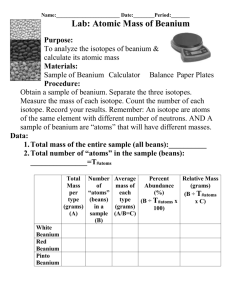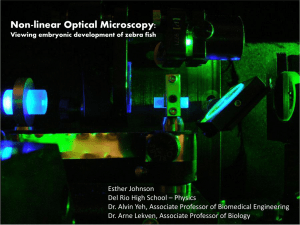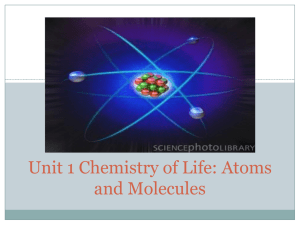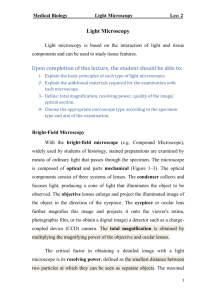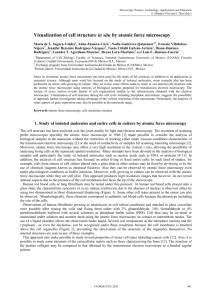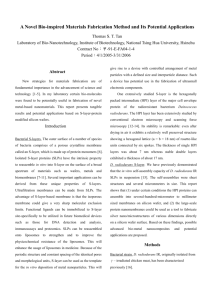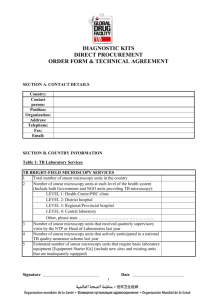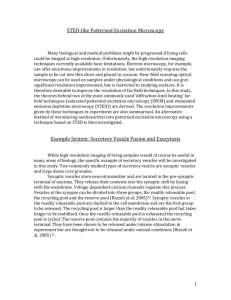File
advertisement
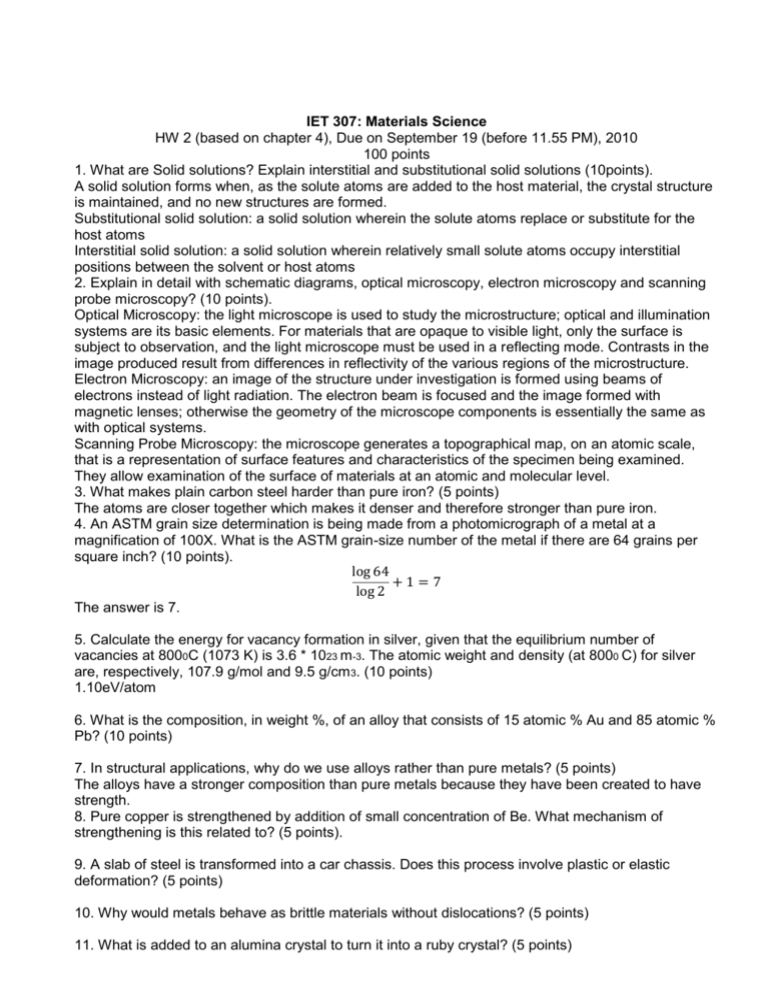
IET 307: Materials Science HW 2 (based on chapter 4), Due on September 19 (before 11.55 PM), 2010 100 points 1. What are Solid solutions? Explain interstitial and substitutional solid solutions (10points). A solid solution forms when, as the solute atoms are added to the host material, the crystal structure is maintained, and no new structures are formed. Substitutional solid solution: a solid solution wherein the solute atoms replace or substitute for the host atoms Interstitial solid solution: a solid solution wherein relatively small solute atoms occupy interstitial positions between the solvent or host atoms 2. Explain in detail with schematic diagrams, optical microscopy, electron microscopy and scanning probe microscopy? (10 points). Optical Microscopy: the light microscope is used to study the microstructure; optical and illumination systems are its basic elements. For materials that are opaque to visible light, only the surface is subject to observation, and the light microscope must be used in a reflecting mode. Contrasts in the image produced result from differences in reflectivity of the various regions of the microstructure. Electron Microscopy: an image of the structure under investigation is formed using beams of electrons instead of light radiation. The electron beam is focused and the image formed with magnetic lenses; otherwise the geometry of the microscope components is essentially the same as with optical systems. Scanning Probe Microscopy: the microscope generates a topographical map, on an atomic scale, that is a representation of surface features and characteristics of the specimen being examined. They allow examination of the surface of materials at an atomic and molecular level. 3. What makes plain carbon steel harder than pure iron? (5 points) The atoms are closer together which makes it denser and therefore stronger than pure iron. 4. An ASTM grain size determination is being made from a photomicrograph of a metal at a magnification of 100X. What is the ASTM grain-size number of the metal if there are 64 grains per square inch? (10 points). log 64 +1=7 log 2 The answer is 7. 5. Calculate the energy for vacancy formation in silver, given that the equilibrium number of vacancies at 8000C (1073 K) is 3.6 * 1023 m-3. The atomic weight and density (at 8000 C) for silver are, respectively, 107.9 g/mol and 9.5 g/cm 3. (10 points) 1.10eV/atom 6. What is the composition, in weight %, of an alloy that consists of 15 atomic % Au and 85 atomic % Pb? (10 points) 7. In structural applications, why do we use alloys rather than pure metals? (5 points) The alloys have a stronger composition than pure metals because they have been created to have strength. 8. Pure copper is strengthened by addition of small concentration of Be. What mechanism of strengthening is this related to? (5 points). 9. A slab of steel is transformed into a car chassis. Does this process involve plastic or elastic deformation? (5 points) 10. Why would metals behave as brittle materials without dislocations? (5 points) 11. What is added to an alumina crystal to turn it into a ruby crystal? (5 points) 12. Sterling silver consists of approximately 93 wt% silver and 7 wt% copper. Discuss all the ways by which the addition of 7 wt% copper is beneficial. (5 points) 13. Describe the structure of a grain boundary. Why are grain boundaries favorable sites for the nucleation and growth of precipitates? (5 points) 14. What are edge and screw dislocations? (5 points) 15. What are a solute and a solvent? Give 5 examples of a solute and a solvent from our daily lives? (5 points)









